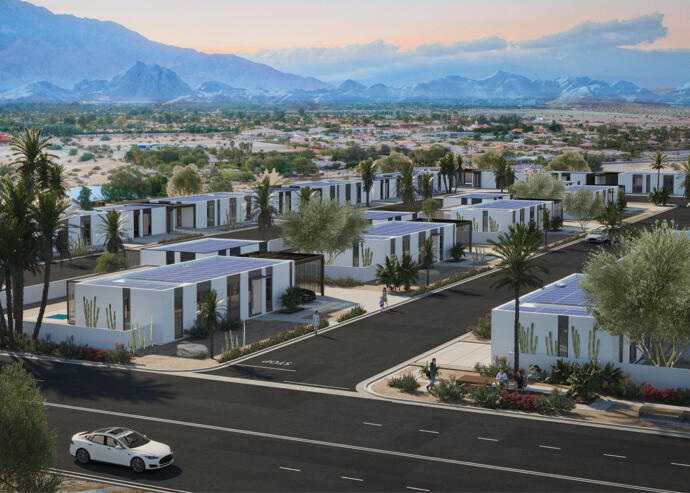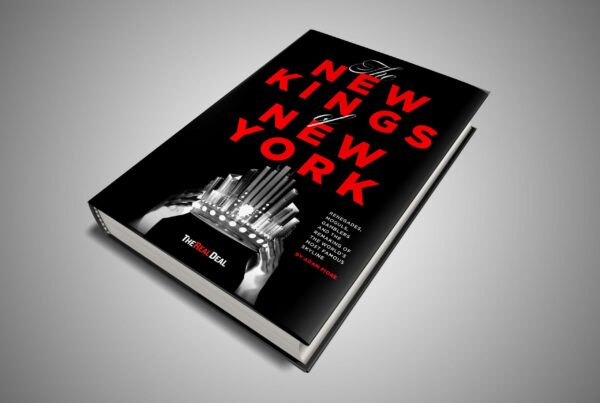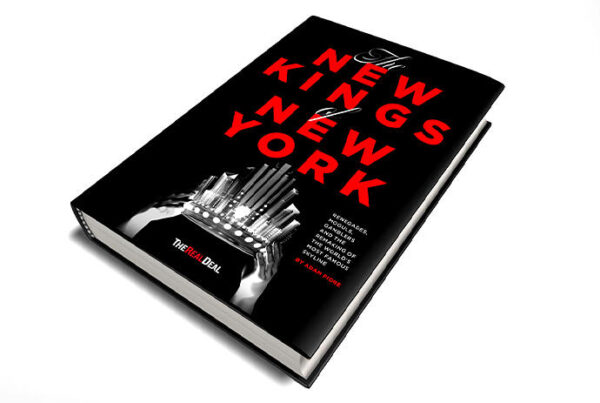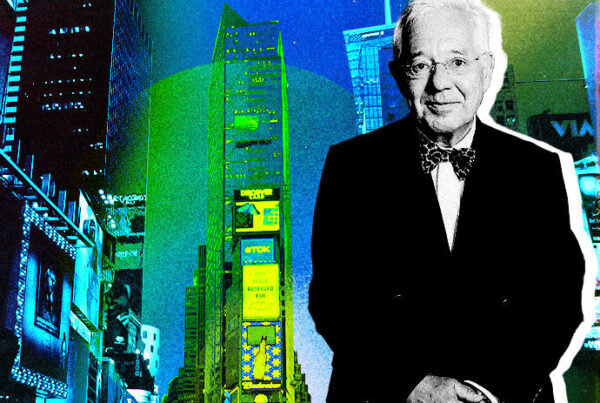
A rendering of Palari’s 3D-printed community in Rancho Mirage, California (Courtesy of Mighty Buildings/EYRC Architects)
Imagine a world in which much-needed multifamily housing could be built in less time — and for less money. Or one in which owning a car wasn’t a requirement for living outside of transit-rich, densely populated neighborhoods. Or one in which your home could be assembled as a kit-of-parts.
You actually don’t need to imagine it: Startups are thinking about how to approach some of the biggest challenges in urban planning in ways that are innovative but also practical. (No “underground bus” proposals here.)
Can they be implemented on a broad scale? That’s the tricky question. In the case of Culdesac Tempe, a planned community where private vehicles are banned, widespread adoption of its model would require changing entrenched American attitudes about car ownership, as well as figuring out solutions that work in mass-transit deserts. For Social Construct, a construction tech startup that wants to automate the building process, there may be challenges in dealing with construction unions that are resistant to change.
If these startups are able to gain traction, they have a shot at changing the traditional ways that cities are envisioned, developed and lived in. No pressure.
No cars allowed: Culdesac Tempe
Eliminating street parking and reducing car use is difficult enough to achieve in big cities with robust public transportation systems (take, for example, New York’s decade-long Sisyphean struggle to get congestion pricing passed). But getting rid of cars in a suburb of Phoenix, Arizona — where urban sprawl is so ingrained in the landscape that it’s been dubbed the world’s “least sustainable city” — is a whole other level of hard.
That hasn’t stopped Culdesac from trying. The company, which bills itself as a “post-car real estate developer,” is planning a $170 million development in Tempe, Arizona, located about eight miles outside of Phoenix, where private cars will be banned. Car-sharing services such as Zipcar? Sure. Bike-sharing and scooters? Absolutely. But if you want to keep your sedan, then Culdesac isn’t for you.

A rendering of Culdesac Tempe (Courtesy of Hugo Render)
The 16-acre development is purpose-built to entice renters to ditch their cars. Culdesac Tempe’s 167 apartment buildings, which will eventually accommodate about 1,000 renters, will all be located within walking distance of a main hub, which will have 16,000 square feet of retail space, including shops and co-working facilities. The development will be awash in green space. And thanks to available microtransit options, as well as its location on Phoenix’s light rail line, private vehicles won’t be necessary.
CEO Ryan Johnson and his co-founder, Jeff Berens, both of whom grew up in Phoenix, launched the company in 2018 with the goal of “prioritizing people ahead of cars,” particularly in cities where population growth is rapid, but walkable, dense neighborhoods are few and far between. They announced plans for the Tempe development in 2019 and have raised $17 million from VC backers to make the development a reality. Culdesac also partnered with an Arizona developer, Sunbelt Holdings, and the REIT Encore Capital Management to raise capital.
The experiment’s first residents — Johnson counts himself among them — are due to move in 2022. If all goes according to plan, more Culdesacs may be around the bend; last year, Johnson told The New York Times that the firm is eyeing such similarly sprawl-plagued cities as Dallas and Atlanta for future sites.
Modular master planning: Palari’s 3D printed community
You can 3D print just about anything these days, including a modern, eco-friendly home.
Earlier this year, Beverly Hills-based Palari announced it would develop what it says will be “the world’s first planned community of 3D printed homes,” located on a five-acre site in Rancho Mirage, near the Coachella Valley. Palari is investing $15 million in the development, which will have 15 single-family homes, each measuring approximately 1,450 square feet.
Each structure will have sustainable design features — rooftop solar panels, high-density insulation — as well as amenities tailored to upscale buyers. Each home comes with a “wellness intelligence network” by Delos, Goldman Sachs alum Paul Scialla’s wellness-meets-real estate startup that counts Deepak Chopra and Leonardo DiCaprio among its board members.
Palari is partnering with prefabricated construction company Mighty Buildings to manufacture the houses using 3D-printing technology. The building materials are crafted at Mighty Buildings’ facility in Oakland and will then be moved to the site in the desert, where each home will be assembled and made move-in ready. Using its partner’s building materials means that Palari is somewhat insulated from the skyrocketing prices of conventional materials such as lumber.
Pricing for the 15 homes will be in line with the cost of a typical Rancho Mirage home: $595,000 for the most basic three-bedroom unit, with costs going up to as much as $950,000, depending on what add-ons a buyer might want. (At those numbers, it’s unclear how Palari turns a profit on its $15 million investment.)
Chipotle apartments: Social Construct
The idea behind Social Construct is simple enough: What if you could automate most aspects of building multifamily housing, thereby building projects faster and cheaper?
Founded by Ben Huh (formerly head of the meme factory I Can Has Cheezburger) and developer Michael Yarne, the San Francisco-based startup wants to provide builders with the tools they need to make it easier to construct apartment buildings — whether that’s coming up with the design for a property, generating floor plans or figuring out how to standardize assembly on-site.
As Huh put it in a recent interview with The Real Deal, “We are a design-build engineering firm with superpowers.”
The firm starts by designing a building using several different set parameters, then uses computers to map out various elements of the construction process, such as placing wiring and plumbing (which Social Construct does below the floor, the better to simplify things) or measuring floorboards. Contractors or construction crews can then take those plans and follow them on-site. If any changes need to be made, Social Construct’s technology is able to do that quickly. “We’re using as much standardized approaches and patterns on the structure and the interior,” Huh said. “We’re not reinventing the wheel there.”
So far, the company has raised more than $17 million to make its goal a reality, and it’s completed one project in Oakland, an airy, modern apartment building. Huh told TechCrunch that the firm saved about 20 percent on construction costs, and the founders hope that their product could help make it easier to build much-needed housing more quickly.
“If we need to change the facade, the amount of time it takes to go get bids … to go do that work is actually very expensive, and it takes a long time,” Huh said. “This is where a system like ours can actually accelerate that process.”



